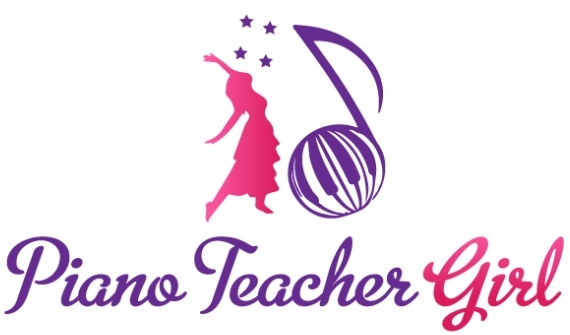Learning doesn’t begin in school, and it certainly doesn’t end there. It begins in those kitchen-table questions, in the late-night “why” sessions, and in the messy, delightful experiments that follow. As a parent, you hold the blueprint for how your child sees knowledge, whether it’s a joy or a chore, a spark or a slog. But in a world packed with pressure and performance, it’s dangerously easy for natural curiosity to dim. So, how do you protect that spark? How do you help your child not only learn, but love it? This guide walks you through subtle shifts, overlooked habits, and joyful reinforcements that make wonder stick.
Modeling Curiosity in Everyday Life
You can’t outsource passion. When children watch a parent light up over a question, whether it’s about the stars, the sink, or a sudden pang of nostalgia, they internalize a lifelong script: learning is living. You don’t need lectures; you need moments. When you model curiosity in everyday moments, like wondering aloud about a neighbor’s garden or Googling something you’ve both never heard of, it opens a space where asking becomes normal. They learn that not knowing isn’t failure, it’s fuel. Curiosity becomes less about school and more about how the world works. And most importantly, they see that grown-ups are still learning too.
Letting Play Lead the Way
Structured activities have their place, but if you want to tap into your child’s core motivations, let play do the heavy lifting. True play isn’t filler, it’s foundational. It’s how children test hypotheses, act out scenarios, and build neural pathways without even realizing it. By offering your children time for open‑ended play, you give them permission to explore on their terms. Think boxes over toys, costumes over tablets, long afternoons of “what happens if…” instead of rigid rules. This doesn’t mean chaos. It means trust, that they’ll learn more deeply when they’re leading the exploration.
Creative Tools That Expand Imagination
Sometimes, it’s the tools you hand them that whisper the loudest about what’s possible. In a digital age, creativity can bloom in new forms, especially when tech isn’t just passive entertainment, but a springboard for original expression. That’s when exploring something like the artistic use of AI painting generator shines. Instead of prescribing a path, it opens endless ones. Children can blend colors, styles, and wild ideas, creating dreamscapes from their imagination, not someone else’s template.
Music as a Living Language
Music is one of the few things that engages every part of the brain at once: emotion, memory, math, even movement. But more than that, it teaches persistence, expression, and rhythm. And when taught well, it becomes less about recital and more about relationship. With programs like Piano Teacher Girl, lessons feel more like invitations. The key isn’t virtuosity, it’s ownership. A child who feels seen and supported while learning an instrument builds a quiet confidence: “I can do hard things. I can make something beautiful.” That mindset spills into every other corner of their learning life.
Making Science Tangible and Tactile
Too often, science is taught like a rulebook instead of what it really is, a wild, ever-evolving story. Bring that story home. You don’t need a lab coat; you need questions, materials, and a little patience. One of the best ways to do this is by boosting exploration with home experiments. Whether you’re building a vinegar volcano or seeing how shadows shift during the day, these moments teach kids to trust their senses. The kitchen becomes a lab, the bathtub a physics test, the backyard a biology field study. Learning embeds when it moves through their fingers, not just their eyes.
Reading as a Family Rhythm
Forget the race to early reading. Start with rhythm. Children who associate books with warmth, closeness, and stories they love are far more likely to keep reading once it’s up to them. Don’t overthink the schedule. Just find ways of weaving story time into daily life, five minutes before school, a chapter in the car, a stack of silly books after dinner. And yes, repeat the favorites. That’s where language anchors. You’re not just reading words; you’re showing them that stories have power, and that quiet moments together can hold worlds.
Modeling Lifelong Learning as a Parent
Your child watches how you move through the world, especially when things get hard. If they see you carving out time to go back to school because you want to grow, they internalize that learning never stops. It becomes part of adulthood, not just childhood. Take a look here to see how online degree programs make it easier to balance school with work and family life and pave the way for a stronger career. For example, if you’re already an RN, earning a master’s degree in nursing can sharpen your skills in education, informatics, administration, or advanced practice, and expand your earning potential along the way.
You don’t have to build a curriculum. You don’t have to become a teacher. You only have to become a little more curious yourself and protect the moments where your child’s spark is visible. Whether that’s through books, baking soda, or Bach, what matters is that they see learning as freedom, not fear. Every question they ask is a chance. Every experiment, a risk worth celebrating. And when they fall in love with learning, not for a grade but for the feeling, you’ll know. They’ll ask something wild, light up, and wait to see what you’ll say next.
Want your child to fall in love with music? Piano Teacher Girl offers welcoming, one-on-one lessons that build confidence, spark joy, and grow with your child — no pressure, just progress.

